Is the export-led growth model still valid?
This is the question that Prof. Dr. Hoang Van Cuong, member of the Prime Minister's Policy Advisory Council, member of the National Assembly's Economic and Financial Committee, asked Mr. Tran Quoc Khanh, former Deputy Minister of Industry and Trade , Standing member of the Prime Minister's Policy Advisory Council at the Vietnam New Economic Forum 2025 with the theme: "Vietnam's economic resilience: From internal strength to global value chain", which took place on the afternoon of October 2, 2025.
 |
| Prof. Dr. Hoang Van Cuong and Mr. Tran Quoc Khanh discussed at the Vietnam New Economic Forum 2025. |
In fact, export has been an important growth driver of the economy for over 30 years, after Vietnam chose to open up and deeply integrate with the world economy. Up to this point, Vietnam has been and is continuing to negotiate 20 free trade agreements.
Mr. Tran Quoc Khanh also acknowledged that Vietnam's international economic integration process has been very successful, not only achieving a 60-fold increase in import-export turnover over the past 30 years, but also establishing an export-based economic model.
However, Mr. Khanh cited General Secretary To Lam's statement in a recent forum, which mentioned that Vietnam ranks 2nd in smartphone exports, 5th in computer components and 7th in software processing, but the value left for Vietnam is relatively small.
“For Vietnam, this legacy has great significance for the internal strength and resilience of the economy,” Mr. Khanh analyzed.
The question of whether the export-based growth model is still valid was actually raised many years ago, when the Vietnamese economy was heavily impacted by the global economic crisis in 2008. Mr. Khanh recalled that at that time, there were also opinions that this model needed to be reviewed, whether it relied too much on exports and FDI or not. However, Vietnam took advantage of its strengths, and exports became an important driving force in economic growth over the next 20 years.
But now, the world context has changed a lot. The role of the World Trade Organization (WTO) is increasingly fading, multilateral negotiations at the WTO are stalled. Populism and economic nationalism have emerged and spread rapidly since 2014, with the most extreme variant being unilateral policies.
Vietnam's successful model over the past 30 years is suddenly facing major challenges, but Mr. Khanh's view is that globalization or Vietnam's export-oriented model still has a future.
We have integrated too "sincerely", now we need to be smarter
Mr. Tran Quoc Khanh said so when looking at the major fluctuations that have been and are taking place in the world market. As a result, the problems of the processing economy are still present in the current economic model of Vietnam.
 |
| Mr. Tran Quoc Khanh, Former Deputy Minister of Industry and Trade, Standing Member of the Prime Minister's Policy Advisory Council |
This is the issue raised by Dr. Nguyen Duc Hien, Deputy Head of the Central Policy and Strategy Committee, when assessing the impact of traditional trends on growth rates, speaking at the Forum.
After more than three decades of entering the global playing field, the rate of Vietnamese enterprises connecting to participate in the global value chain remains low. According to research by the Central Policy and Strategy Committee, only about 18% of Vietnamese enterprises can do this, down 17 percentage points compared to 2009 and mainly concentrated in large enterprises.
The quality of domestic supply industries is assessed as not high. Supporting industries alone can only meet about 10-15% of domestic demand.
“Most manufacturing and processing industries, although having high spillover and sensitivity indexes, stimulate imports and spillover to added value are lower than the average. This basically reflects that many industries stop at the processing level,” Mr. Hien emphasized.
Currently, in the 63 sub-sectors of the industry classification table, only 11 sectors have high spillover indexes to added value and low spillovers to imports.
In particular, processing and assembly are not only problems in traditional industries. The story of phone exports may be large in value but the low added value of only about 12%, lower than the rate of the manufacturing industry of about 18% is something worth thinking about.
Even with Vietnam's semiconductor industry showing positive improvements, its semiconductor industry position is increasing with about 2% of global export value, being the 10th largest semiconductor chip exporter in the world with an export value of about 25 billion USD.
But Professor Hoang Van Cuong believes that if we only participate in the counting and packaging stages, the portion left for the economy will still be very low.
“If this approach is maintained, it will lead to a situation where Vietnamese workers will forever be stuck in the processing stage - the lowest value stage in the value chain. Vietnam is in the golden population period, but if it is stuck in such low-value jobs, the opportunity will be missed. The consequence is the risk of getting old before getting rich and the economy will fall into the middle-income trap,” analyzed Prof. Dr. Hoang Van Cuong.
Research by the Central Policy and Strategy Committee also stated that exports will find it difficult to generate momentum if they continue with the extensive export model. Increasing the volume of manufactured and exported products will be limited by production capacity, market demand and international conditions, especially in the context of the impact of the US's reciprocal tax policy.
This is the reason why experts believe that Vietnam's export model can still continue, but must be smarter, to cope with the increasingly numerous and smarter tricks of the global market.
But the important thing is that Vietnam needs a more balanced growth model, thinking more about domestic demand, including public investment and household consumption. Mr. Khanh proposed to rely on household consumption. “This is sustainable domestic demand!”, Mr. Khanh emphasized.
In this direction, Mr. Khanh proposed policies to stimulate population demand, tentatively called policies to further promote domestic demand, in which amending the Personal Income Law to stimulate population demand is very meaningful.
In particular, the problem of increasing the Vietnamese content in export value must be resolved thoroughly and resolutely.
Proactively create a foothold in a higher segment
Approaching the market from the beginning, creating a position in the high segment of the value chain is the direction that Professor Hoang Van Cuong calculated when talking about Vietnam's new economic model.
 |
| Prof. Dr. Hoang Van Cuong speaks at the New Economic Forum 2025 |
“Vietnam can do it when new economies are emerging, for example in the low-end economy, Vietnam can become an important link in the supply chain of UAV products... Or Vietnam is attracting investment in the field of chip and semiconductor manufacturing, if only counting, then it is only processing”, Prof. Dr. Hoang Van Cuong clarified.
He calls this a more autonomous path to integration. But the risks are great, not only in the process of change but also in the choices of “being ahead in technology”.
Enterprises are willing to face risks, accept risks to take advantage of opportunities. But Mr. Cuong believes that the role of the State in leading, guiding and creating a smooth, favorable path is extremely important.
“We decided to go into new things, there are many risks, we cannot let businesses bear all the burden. The state creates a favorable business environment, supporting innovation. The state can take the lead in creating the foundation for technological innovation and change,” Mr. Cuong shared his opinion.
In particular, Professor Dr. Hoang Van Cuong emphasized that in development, maintaining macroeconomic stability is extremely important, so that business investors feel secure and safe in long-term investments...
Source: https://baodautu.vn/chuyen-gia-kinh-te-chung-ta-da-tung-hoi-nhap-chan-thanh-qua-gio-can-thong-minh-hon-d400449.html


![[Photo] General Secretary To Lam attends the 8th Congress of the Central Public Security Party Committee](https://vphoto.vietnam.vn/thumb/1200x675/vietnam/resource/IMAGE/2025/10/4/79fadf490f674dc483794f2d955f6045)
![[Photo] Bustling Mid-Autumn Festival at the Museum of Ethnology](https://vphoto.vietnam.vn/thumb/1200x675/vietnam/resource/IMAGE/2025/10/4/da8d5927734d4ca58e3eced14bc435a3)


![[Photo] Solemn opening of the 8th Congress of the Central Public Security Party Committee, term 2025-2030](https://vphoto.vietnam.vn/thumb/1200x675/vietnam/resource/IMAGE/2025/10/4/f3b00fb779f44979809441a4dac5c7df)

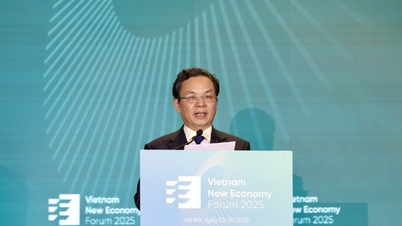



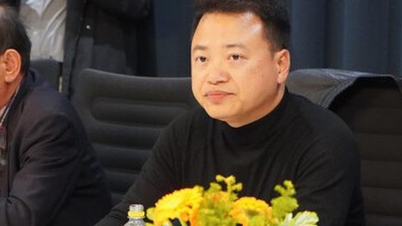

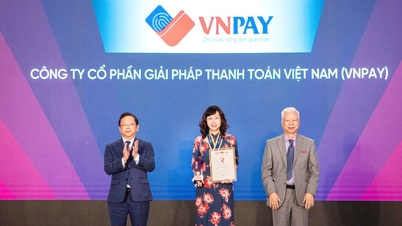

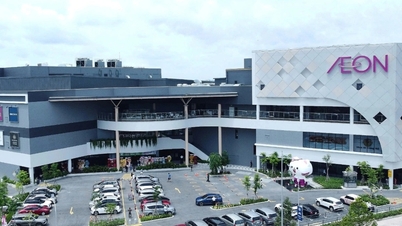










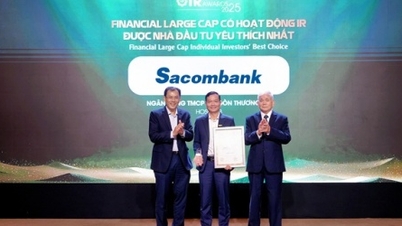




























![[VIDEO] Summary of Petrovietnam's 50th Anniversary Ceremony](https://vphoto.vietnam.vn/thumb/402x226/vietnam/resource/IMAGE/2025/10/4/abe133bdb8114793a16d4fe3e5bd0f12)

![[VIDEO] GENERAL SECRETARY TO LAM AWARDS PETROVIETNAM 8 GOLDEN WORDS: "PIONEER - EXCELLENT - SUSTAINABLE - GLOBAL"](https://vphoto.vietnam.vn/thumb/402x226/vietnam/resource/IMAGE/2025/7/23/c2fdb48863e846cfa9fb8e6ea9cf44e7)

































Comment (0)